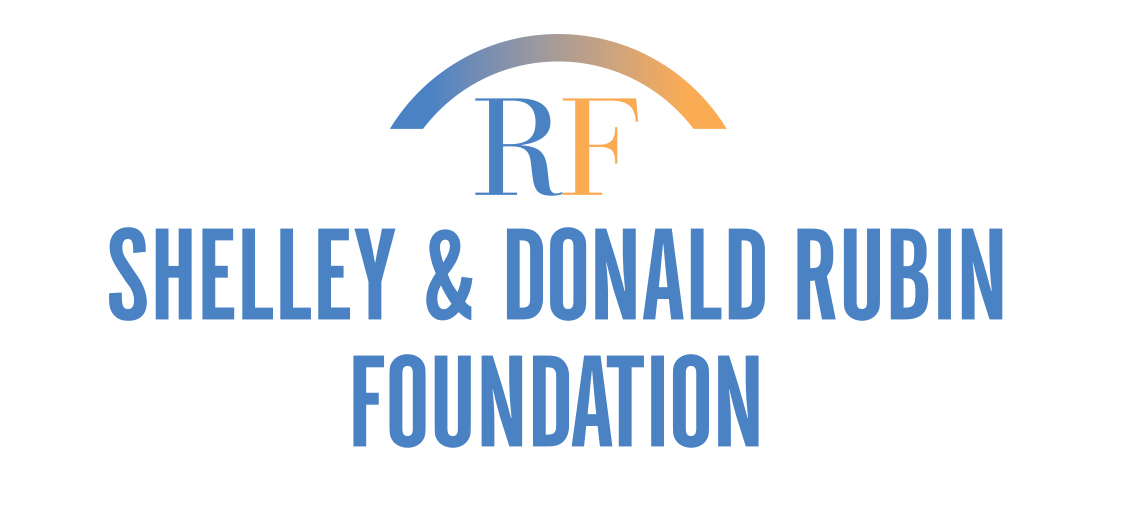The Location of Justice
Introduction
Introducing the Location of Justice.Introduction: The Location of Justice
Examining New York's overlooked infrastructures of crime and punishment.
Map: The Location of Justice
How can we define the “criminal justice system”? What is it, where is it, and what are all of the things that it does?
After Arrest
Arrest sends New Yorkers down a complex path, away from their families, homes, and neighborhoods, oftentimes ending in jail. A drawing describes the spaces they encounter on the way.
Structures
The city's jails and courts pose ethical questions and design challenges, and shape the criminal justice system's function and effects.Structures: Perspectives
The buildings where fates, freedoms, and justice are decided sit at the center of our image of the justice system. What form should they take? How should they work?
Siting Rikers' Replacements
The city's plans call for new borough jails to replace those at Rikers. A set of drawings examines land uses in the boroughs' civic centers to consider: Can New Yorkers accept jails as neighbors?
Retrofit for Fairness
The city oversees an experiment: Can new signage and instructions improve experiences in New York’s busiest criminal courthouse?
Due Process and the Enclosure of Justice
What is gained, and what is lost, when justice takes place outside public view?
The People's Court
New spaces for justice replace punishment with problem solving and hierarchy with community.
A Jail to End All Jails
Mayor de Blasio promises to close the Rikers Island jail complex in ten years. But what comes next? A look at the island’s history reveals clues — and cautions.
What Jail Can't Do
Frank Greene and Kenneth Ricci discuss the changing paradigms of half a century of justice architecture and what we should ask — and expect — from courts and jails.
Streets
From policing to the design of public space, what forms can safety take in city neighborhoods?Walk the Walk
For decades, city governments have pledged to clear neighborhood streets of crime and police abuse in the same stroke. But can community policing deliver on its promises?
Design Around the Edges
In the Mayor's Office of Criminal Justice, an architect and planner forges connections and fashions safety in fifteen neighborhoods.
Stronger Together
Young residents of Brownsville, Brooklyn, look for safety amidst persistent poverty and crime, as well as community organizations determined to change the neighborhood's narrative.
Do You Feel Secure?
For decades, Crime Prevention Through Environmental Design has touted the efficacy of bollards, gates, and cameras in deterring violent acts — with scant evidence. At what cost do we build “defensible space”?
Beacon / Bunker
Photographer Kris Graves tracks all 77 NYPD precincts from Tottenville to Edenwald, looking to these buildings — sometimes humble, sometimes imposing — for the face and footprint of law and order in the neighborhood.
Yes Sitting, Yes Skating, Yes Music
Where can teenagers hang out and be safe in public?
Systems
Policing, punishment, and crime prevention intersect with other systems and networks that structure the city.Where Corrections Meets Connections
People trying to stay connected to their loved ones in New York's jails and prisons must travel great distances and navigate intimidating rules and requirements.
Where School Meets Prison
As police personnel and machinery have settled into New York City schools, the line between school discipline and criminal punishment has become blurry.
Where Care Meets Confinement
For doctors trying to provide mental health care to people who are incarcerated or detained by the New York City Department of Corrections, city jails pose a challenge — and provide an opportunity.
Policing Is an Information Business
The NYPD vaunts crime mapping technologies from CompStat maps to a vast networked surveillance infrastructure. Who benefits?
The CompStat Evangelist Consultant World Tour
28 maps track the networks of consultancy through which CompStat's architects spread the gospel — often for a tidy fee.
A Non-Exhaustive Taxonomy of Tools of Data-Driven Policing
A huge range of emergent technologies give police new ways to gather data and surveil. What's on the market?
The Happy Prison
Where do the street trees come from, and where does the compost go? Rikers Island was the city’s growing outpost for years. But does “greening” the prison always improve things for prisoners?
Futures
Whether diverting New Yorkers from the path to prison, or re-entering the city after a sentence has been served, what might a city after incarceration look like?Reentry: Start Here
People returning to city life after time in prison will soon be able to find help at some branch libraries. How can designers help librarians create life-saving connections?
Coming Home
Formerly incarcerated people reassemble their lives at the Castle, a singular housing facility and a supportive home base created by The Fortune Society.
Map: The Location of Justice
How can we define the “criminal justice system”? What is it, where is it, and what are all of the things that it does?
About this Series
The Location of Justice is edited by Mariana Mogilevich and Olivia Schwob.
Greg Berman (Center for Court Innovation), Ronald Day (The Fortune Society), Insha Rahman (Vera Institute of Justice), and Susan Tucker (Consultant, criminal justice reform) generously shared their insights and expertise in the development of this series. They are not responsible for its content or any errors within. The editors would also like to thank the many people from advocacy organizations, legal services, city agencies, service providers, academic institutions, architecture firms, and other points of expertise who have shared their perspectives and experiences and responded to our questions and ideas as we have developed The Location of Justice.
The Location of Justice is supported, in part, by the Graham Foundation for Advanced Studies in the Fine Arts and the Donald & Shelley Rubin Foundation.



